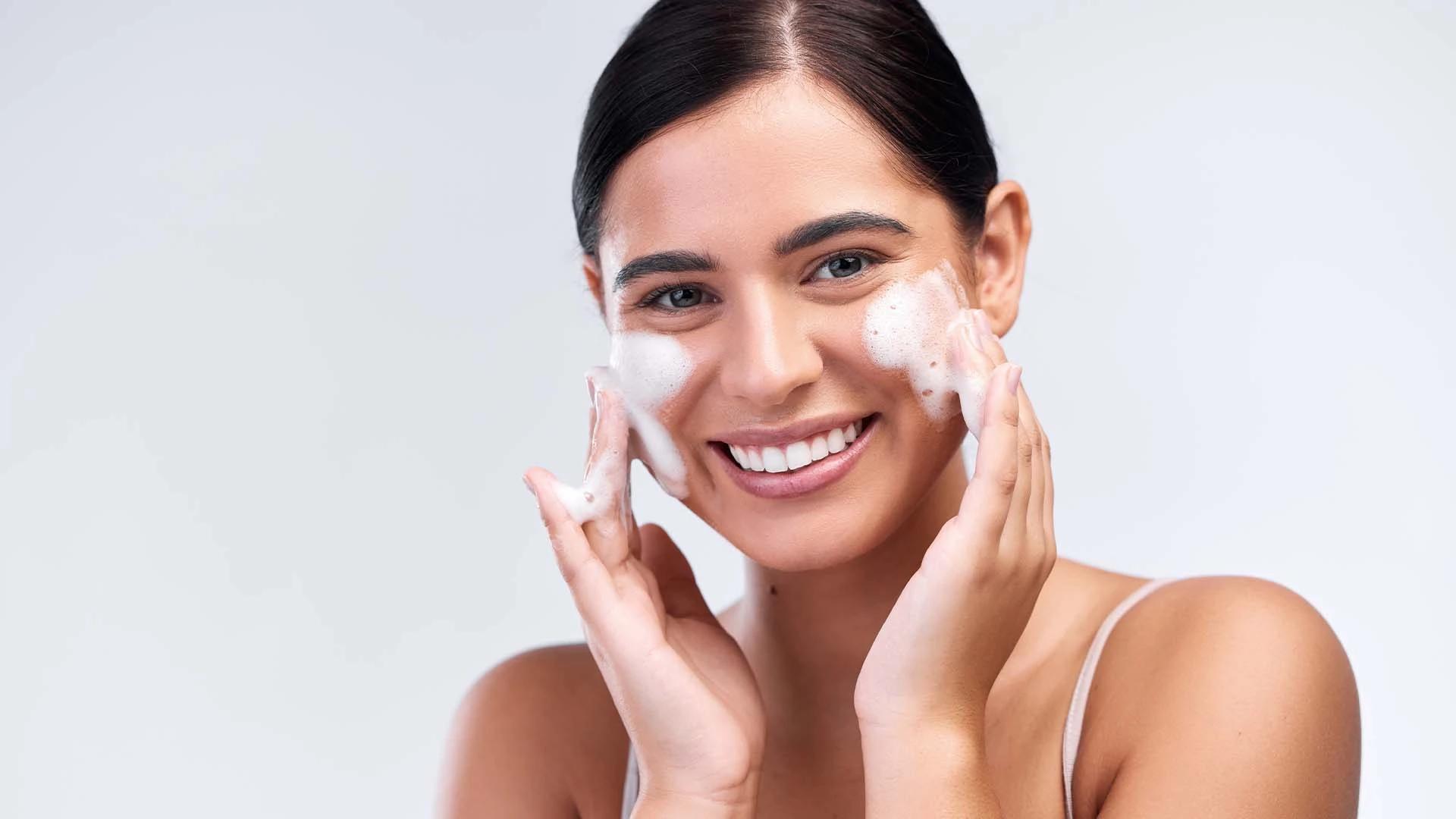Ever wondered why glutathione cream is trending all over social media lately? This powerhouse antioxidant has been making waves in the skincare world, and honestly, it's worth exploring. Glutathione, naturally found in our bodies, plays a crucial role in detoxifying cells and protecting against damage. When formulated into creams, it becomes a game-changer for those looking to address uneven skin tone and achieve that coveted glow. The buzz around this skin lightening product isn't just hype—there's real science behind it. If you're curious about how to properly use glutathione cream for skin brightening, you've come to the right place. Let's dive into everything you need to know about incorporating this antioxidant skincare ingredient into your routine.
Understanding Glutathione Cream
Glutathione cream is essentially a topical formulation containing glutathione, a powerful antioxidant that our bodies produce naturally. This tripeptide consists of three amino acids: cysteine, glutamate, and glycine. When applied to the skin, it works by inhibiting the production of melanin—the pigment responsible for skin colour.
What makes glutathione cream particularly interesting as an antioxidant skincare option is its dual action. Not only does it help with skin lightening, but it also protects against environmental damage from free radicals. Most quality glutathione creams combine this star ingredient with complementary components like vitamin C, kojic acid, or arbutin to boost effectiveness. These brightening lotion formulations often include moisturising agents like hyaluronic acid or glycerin to keep your skin hydrated throughout the brightening process.
Benefits of Glutathione Cream for Skin Whitening
The magic of glutathione cream lies in its ability to interrupt the melanin production process at the cellular level. Unlike harsh bleaching agents, glutathione works gently by reducing the activity of tyrosinase, an enzyme crucial for melanin synthesis. This makes it a safer alternative for those seeking skin lightening products that won't compromise skin health.
Beyond its primary whitening effects, glutathione cream offers multiple benefits that make it worth trying. It functions as both a complexion enhancer and a protective barrier against daily environmental stressors.
Skin Whitening Effects
The primary benefit you're probably most interested in is how glutathione cream lightens skin tone. Studies suggest that consistent use can lead to a gradual reduction in melanin production, resulting in a lighter, more even complexion. This skin pigmentation treatment works particularly well on areas with hyperpigmentation, age spots, and uneven patches. The results tend to be subtle and natural-looking rather than dramatic overnight changes.
Anti-Aging Properties
What makes glutathione cream particularly appealing is its anti-aging benefits. As a potent antioxidant, it helps neutralise free radicals that contribute to premature ageing. Regular use might help reduce the appearance of fine lines and improve overall skin texture. This dual action makes it function as both a skin whitening cream and an anti-aging moisturizer in one product.
Dark Spot Correction
If you're dealing with stubborn dark spots from acne scars or sun damage, glutathione cream might become your new favourite. It works as an effective dark spot corrector by gradually fading these marks over time. The key is patience and consistency—most people notice significant improvements in their dark spots after 8-12 weeks of regular use.
How to Choose the Right Glutathione Cream
Picking the right glutathione cream can feel overwhelming with so many options available. The key is knowing what to look for and understanding your skin's specific needs. Not all formulations are created equal, and what works for your friend might not be your kind of pick.
Consider your skin type, sensitivity level, and specific concerns when making your choice. If you have sensitive skin, look for gentler formulations with soothing ingredients. Those with oily skin might prefer lighter, non-comedogenic textures.
Key Ingredients to Look For
Beyond glutathione itself, the best creams often contain complementary ingredients that boost effectiveness. Look for vitamin C, which works synergistically with glutathione for better results. Alpha arbutin is another fantastic addition that helps with hyperpigmentation. Niacinamide can help reduce inflammation and improve skin texture, making it an excellent supporting player in your brightening routine.


 60 Capsules
60 Capsules 100 ml
100 ml 100g
100g 60 gm
60 gm